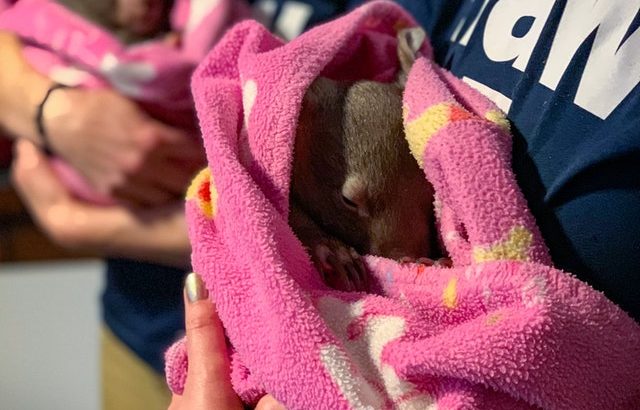Common Misconceptions About Relief Veterinarians
The world of veterinary medicine can be confusing. Not all veterinarians have the same job title. Some of them work as associate veterinarians, whereas others work as clinic or practice owners. There are also relief veterinarians who provide fill-in services for the aforementioned veterinarians. If an associate veterinarian or clinic owner is going away, he or she may contact a relief veterinarian for temporary work. Below are several common misconceptions about relief veterinarians.
Classified as Independent Contractors
While some of them are classified as independent contractors, many relief veterinarians are classified as employees. The Internal Revenue Service (IRS), as well as individual states, have laws regarding what distinguishes independent contractors from employees. Independent contractors are generally able to work on their schedule. In comparison, employees must work when demanded by their employer.
Relief veterinarians typically work on demand, but that doesn’t mean they are always classified as independent contractors. Many of them are classified as employees because they provide ongoing and regular services to an employer. As employees, relief veterinarians will receive employee benefits, such as overtime pay, health insurance and lower tax liabilities.
Not Real Veterinarians
Relief veterinarians are, in fact, real veterinarians. You can’t work as a relief veterinarian until you’ve obtained your veterinary license. When you apply for a job as a relief veterinarian, the employer will check to ensure you are licensed. If you don’t have your veterinary license, the employer can’t legally hire you as a relief veterinarian, nor can you legally practice as a relief veterinarian or any other licensed veterinary profession.
To obtain a veterinary license, you must complete a Doctorate of Veterinary Medicine (DVM) program at an accredited college or educational institution. A DVM program is a rigorous program that focuses on the fundamentals of veterinary medicine. It typically lasts four years. Before you can enroll in a DVM program, though, you’ll need to meet the college’s prerequisites. Most accredited colleges require four years of schooling. Only then can you enroll in a DVM program to begin your path to becoming a licensed veterinarian.
Part-Time Only
Many people assume that relief veterinarians only work part time, but this isn’t necessarily true. There are plenty of relief veterinarians who work full time, clocking 40 or more hours each week. Associate veterinarians and clinic owners often require time off. Maybe a veterinarian is going on vacation, or perhaps he or she is sick. Regardless, when a veterinarian needs time off, the clinic will typically contact a relief veterinarian to provide fill-in services. The relief veterinarian may work for up anywhere from one day to several weeks at the same clinic.
Relief veterinarians generally don’t work at a single clinic. They move around from clinic to clinic. Once the veterinarian returns, the relief veterinarian who provided fill-in services may seek work at another clinic. By rotating around multiple clinics, relief veterinarians can work full time.

Low Demand
Another common misconception about relief veterinarians is that there’s low demand for them. Since relief veterinarians only provide fill-in services, you may assume that there’s little or no demand for them. This couldn’t be further from the truth, however. According to the American Veterinary Medical Association (AVMA), the number of active relief veterinarians practicing in the United States has increased by 30% in the last 10 years. Based on those numbers, relief veterinarians are growing at roughly the same rate as other veterinary professionals.
Veterinarians need relief veterinarians to provide services when they are away. Most of them can’t work all 365 days of the year. Regardless of the reason, veterinarians often need time off, thus signaling the need for relief veterinarians. The bottom line is that there’s strong and consistent demand relief veterinarians throughout the country.
Only Work at Clinics
Traditional veterinary clinics is the most common workplace for relief veterinarians. With that said, relief veterinarians often work in other, less-traditional workplaces as well.
In addition to traditional veterinary clinics, some relief veterinarians work at zoos or wildlife rehabilitation centers. Zoos and wildlife rehabilitation centers don’t provide the same veterinary services to the public as traditional clinics, but they still require the professional services of licensed veterinarians. If an animal is sick or injured, a veterinarian can provide treatment to help the animal recover.
No Advantages Over Other Veterinary Work
Working as a relief veterinarian absolutely has its benefits. You’ll meet more people as a relief veterinarian. Rather than working at a single clinic, you’ll move around to multiple clinics where you can create long-lasting professional relationships with other veterinary professionals.
You’ll also have more flexibility regarding where and when you work as a relief veterinarian. Traditional veterinarians have a more linear schedule that requires them to work at specific times on specific days. Relief veterinarians, on the other hand, have a more flexible schedule that gives the freedom to choose when they work.

